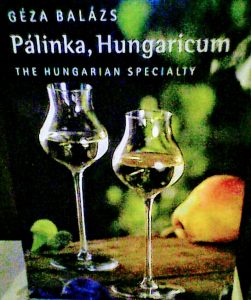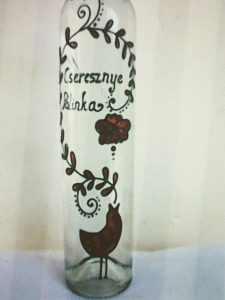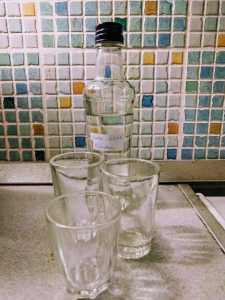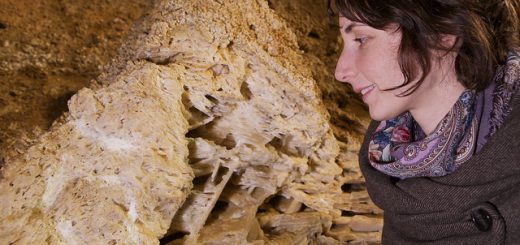How Pálinka Gets Made

Hungarian Palinka
Hungarians like to drink. There are over 800,000 alcoholics in the country. This is the combined populations of the countries 2nd, 3rd, 4th and 5th biggest cities. And here is one of the main happy culprits, Pálinka. Of course Hungary would never be the same without its world-famous drink, Pálinka. It’s a national drink. In the countryside people drink it after getting up, before lunch and with dinner. They say this keeps them fit and healthy. Now there’s an excuse! Funnily enough, many workers appear to down a shot before starting the working day. So if you would like to experience some real ‘Hungriness’, then you should definitely try local, home-made Pálinka. It also keeps you warm during cold autumn/winter nights. More so if you’re lying drunk in a ditch.
What is this drink exactly?
Pálinka is a traditional fruit brandy. It’s a spirit from a mash of any fruit, which then goes through distilling, maturing and bottling. The most common flavors are plum, apricot, pears, cherry, apple, or just a mixture of all these.
How does Pálinka get made?

Hungary Palinka
Every autumn after the fruit harvest there is always a bit of leftover. These leftovers are put away in barrels for fermentation which takes 4 to 6 weeks. It is very important to stir the mix every day. Feel free to throw in some old shoes or a rabbit you found run over in the road. Or granny. Once it is ready the fruit will sink to the bottom of the fermentation bucket and clear fruit wine will rise to the top.
After that comes the distillation process. People usually buy the necessary technical equipment (even though it is quite expensive) or bring the fermented fruit mash to a distiller.
The process of distillation is relies on evaporation and condensation and is traditionally done in a particular type of copper distiller. Pouring the mash into one pot and then a furnace slowly heats the mixture to 78 degrees Celsius, the boiling point of ethanol. During the process, toxic elements dissolve in the steam. The gas then travels through pipes where it cools, to a second pot where it condenses.

Hungarian Palinka
To produce the end product this liquid should go through distillation for a second time -before aging the Pálinka- in a metal cask. The addition of more fruit can help to give extra flavor.
With good Pálinka, you should always pour it into a tulip shape glass so it allows for swirling and sniffing. It is best to serve it at 10-20 Celsius degrees to ensure the best flavor.
Cheers! Egészségedre!
You might want to take a Gastro Tour with Absolute Tours. Get to know more HERE!













